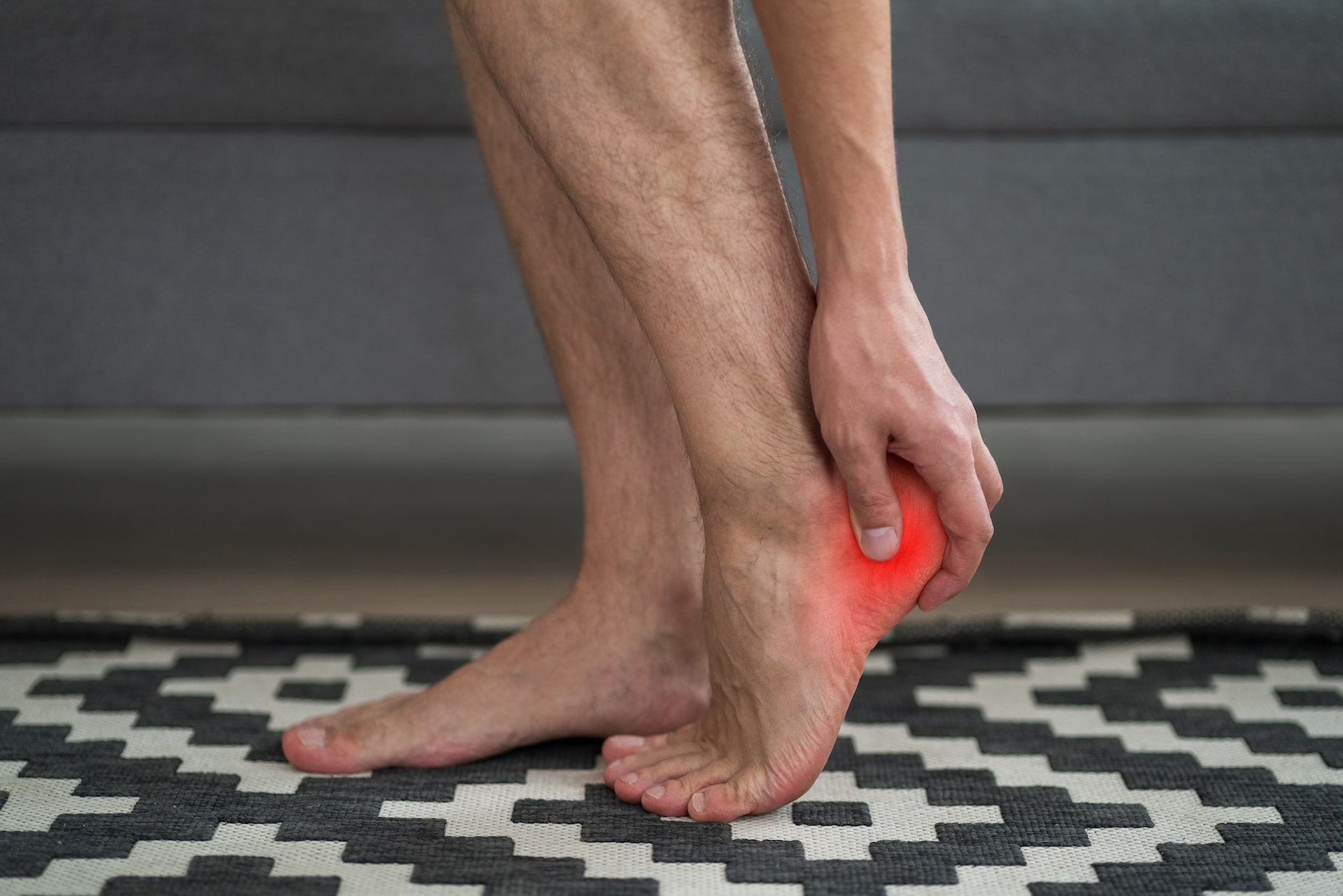What factors cause blisters to develop?
Typically, blisters develop due to a buildup of friction between the foot or toes and other surfaces. Moist or wet skin, poorly-fitting or worn out socks or shoes, and heat may all add to the likelihood of blister development, as can abnormal bumps or prominences on the feet or toes. Loose shoes are just as likely to result in blisters as shoes that are too tight, possibly even more so. Loose shoes may cause the shoe to rub against the heel or toes much more readily as you adjust your gait in an effort to keep loose shoes on.
The role of socks and shoes in preventing blisters
The most important factor in selecting socks and shoes is making sure that they fit properly. Try on shoes later in the day, as it is normal to experience some degree of foot swelling, and properly-fitting shoes must accommodate for this. In addition, socks and shoes should be specific for the activity they will be used for, whether it be work shoes or athletic shoes. The same rules apply for insoles or orthotics as well. After purchasing new shoes, wear them around the house for an hour or two here for several days before wearing them to work or for sports activities, including running or hiking. Breaking them in will help avoid sudden discomfort in the middle of practice, game play, or a hike or run.
However, even if your socks and shoes fit perfectly, blisters may still occur. If your activities cause your feet to become hot or sweaty, take your socks and shoes off periodically to allow them to cool and dry out. If you are hiking or running a long distance, or will be spending time in moist conditions, have an extra pair of dry socks available, as moisture significantly increases the likelihood of developing blisters.
Blister treatment
Treating blisters can be confusing. You may have heard to always burst a blister or to never burst a blister. Or, perhaps you’ve heard to leave them covered or to never cover them. In reality, blister treatment depends on a few factors, the most obvious of which is the size of the blister. However, if you have diabetes, peripheral vascular disease, peripheral neuropathy, or any condition that requires special care of your feet, be sure to consult your podiatrist before attempting to treat blisters at home. Blister treatment should be aimed at relieving pain, preventing the blister from becoming larger, and preventing infection.
Treating small blisters
For small blisters, it is ideal to keep the skin intact. Your own skin is the best protection for the underlying tissues. With a small blister, simply cover it with a band-aid or a blister-specific bandage. Change the bandage regularly and monitor the blister for signs of enlargement or infection.
Treating larger blisters
With larger blisters, although it might be ideal to keep the skin intact to protect the underlying tissue, large blisters may make shoe wearing difficult and it may be hard to prevent a large blister from bursting spontaneously. As a result, draining a large, painful blister may be warranted; however, it is important to keep the overlying skin intact as much as possible for its protective properties. Your podiatrist is the best source for learning how to properly lance a large blister. After draining the blister, apply antibiotic ointment and cover it with a band-aid to protect the area. Change the band-aid regularly and monitor for signs of infection.
Blisters that have torn open
If your blister tears open on its own, carefully trim away the excess or ragged skin with sterile trimming tools and carefully clean the area with soap and water, even if doing so hurts or stings. Keeping the area clean is the utmost concern. After the area is cleaned, apply an antibiotic ointment, and as mentioned above, cover the area with a bandage. Change the bandage regularly, and if you experience any signs of infection such as redness, swelling, development of pus, or warmth to the area, call your podiatrist for an evaluation.
To learn more about blister treatment or prevention or about proper shoe fit, call Kansas City Foot Specialists today at (913) 338-4440.



